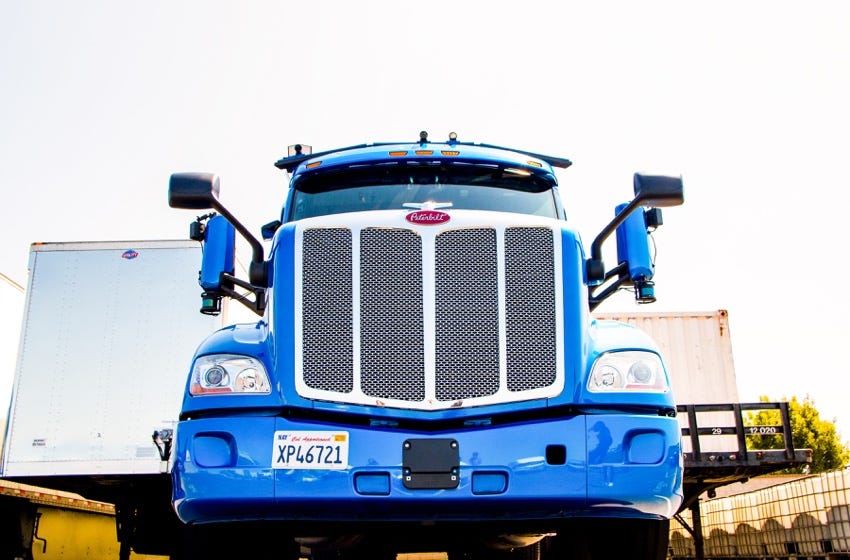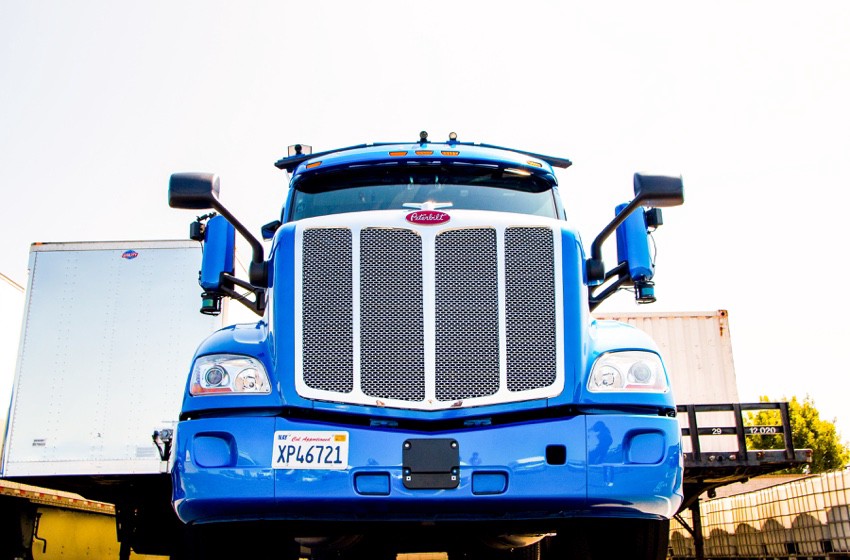
A year ago, Embark released a voluntary 2018 Disengagement Report. Based on what we learned in 2019, we decided not to do that for this year — and we wanted to take a moment to explain why we made that decision.
In a large, safety-focused team, we make an increasing number of operational decisions that prioritize safety, but make it harder to measure disengagement rate in a meaningful way. As our operations have matured, we’ve enacted more operational guardrails that require safety drivers to resume manual control in circumstances that do not necessarily meet the safety, immediacy, or failure criteria of a “disengagement”¹. During times when our safety drivers resume full manual control of a truck out of an abundance of caution, determining whether such an action is a disengagement requires simulating the scenario 10–20 seconds into the future. This further time horizon for simulation makes it very challenging to reliably predict which takeovers would have led to disengagements and makes it a very noisy metric. We believe these guardrails increase safety, but make filtering for what would normally be considered disengagements highly subjective. In addition, we recognize that focusing on disengagement rate could provide a perverse incentive for Safety Drivers to tolerate riskier behavior, which runs counter to our safety philosophy.
Embark is developing a new system of metrics that captures the different scenarios our system encounters and scores truck performance across these scenarios against a safe driving policy. Within the company we have migrated away from using disengagement rate as a performance metric, and to remain consistent with our internal thinking, we have decided not to release a 2019 Disengagement Report. That said, we believe the other metrics provided in Disengagement Reports are very important and are happy to disclose that in 2019, we tested 449,837 automated miles with 0 crashes. Commercial drivers and vehicles are also subject to random inspections, and we have maintained a perfect federal CSA score in 2019, demonstrating our drivers and trucks have been free from any violations while on the road². We are very proud of the hard work our team has put in to maintain this level of safety — well above the industry average of 1 crash per 28,000 miles of autonomous vehicle testing³.
We continue to work closely with our safety group, law enforcement, and government agency partners, and are supportive of efforts that raise the bar for automated vehicle safety. Embark keeps safety as our foremost priority — we continue to review and enhance our operational safety procedures and rigorous hiring and training requirements for Safety Drivers. At the same time, the team continues rapidly expanding and improving our operational and technical capabilities — in 2019 Embark opened our first freight transfer hubs (highway-adjacent yards where freight is transferred between local shippers and Embark’s trucks) and raised a $70M Series C round with Tiger Global. Moving forward, we are confident our new metrics framework will provide a more accurate assessment of our system’s capabilities, leading to further improvements in performance and safety.
[1] — Defined by California DMV in §227.50 as “a deactivation of the autonomous mode when a failure of the autonomous technology is detected or when the safe operation of the vehicle requires that the autonomous vehicle test driver disengage the autonomous mode and take immediate manual control of the vehicle, or in the case of driverless vehicles, when the safety of the vehicle, the occupants of the vehicle, or the public requires that the autonomous technology be deactivated.”
[2] — Compliance, Safety and Accountability Score are maintained by FMCSA and note any out-of-service violations of federal regulations governing commercial vehicle drivers and equipment.
[3] — Per 2018 California Disengagement Reports (https://www.dmv.ca.gov/portal/dmv/detail/vr/autonomous/disengagement_report_2018)
2019 Disengagement Report Update was originally published in Embark Trucks on Medium, where people are continuing the conversation by highlighting and responding to this story.
